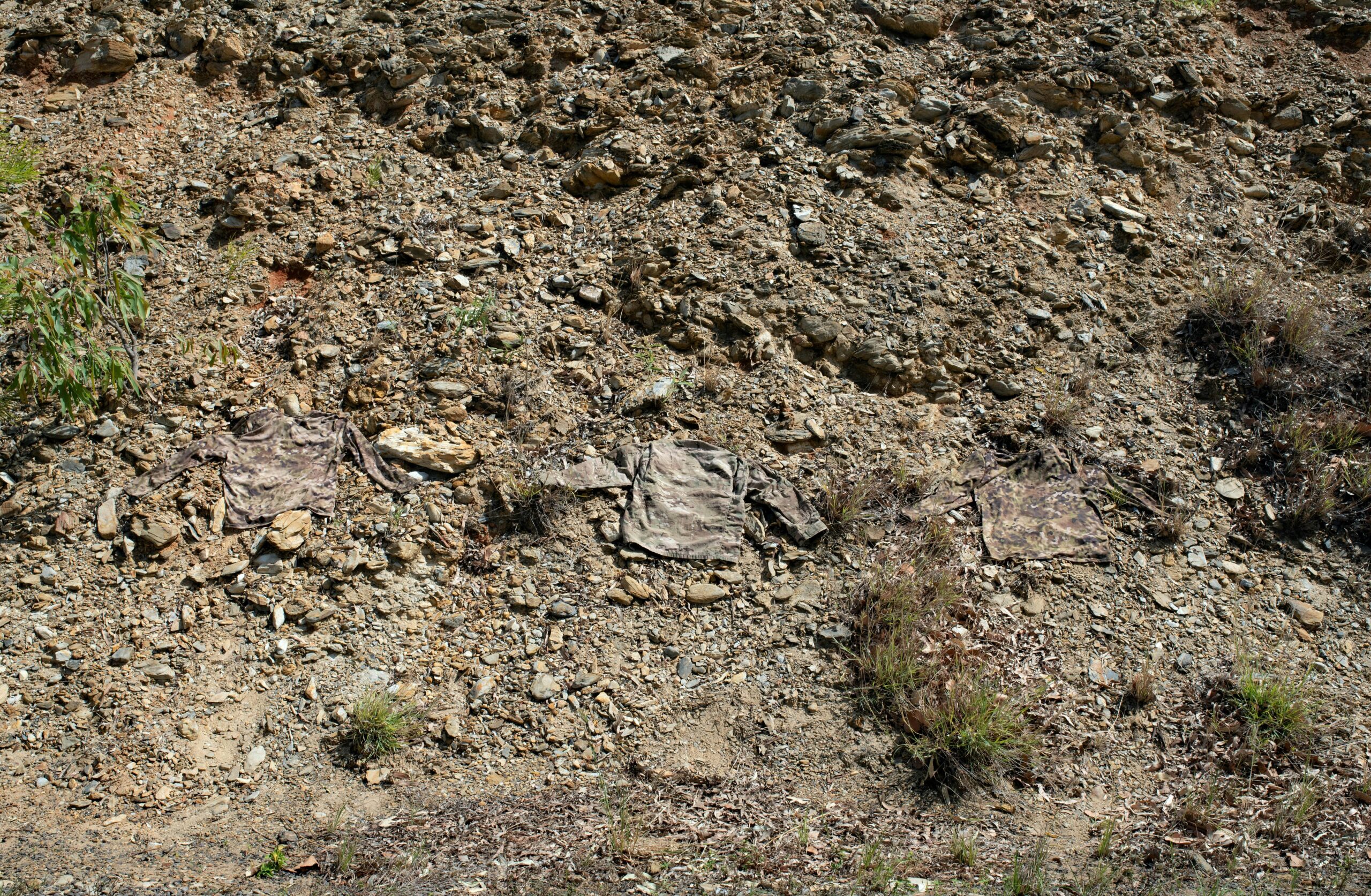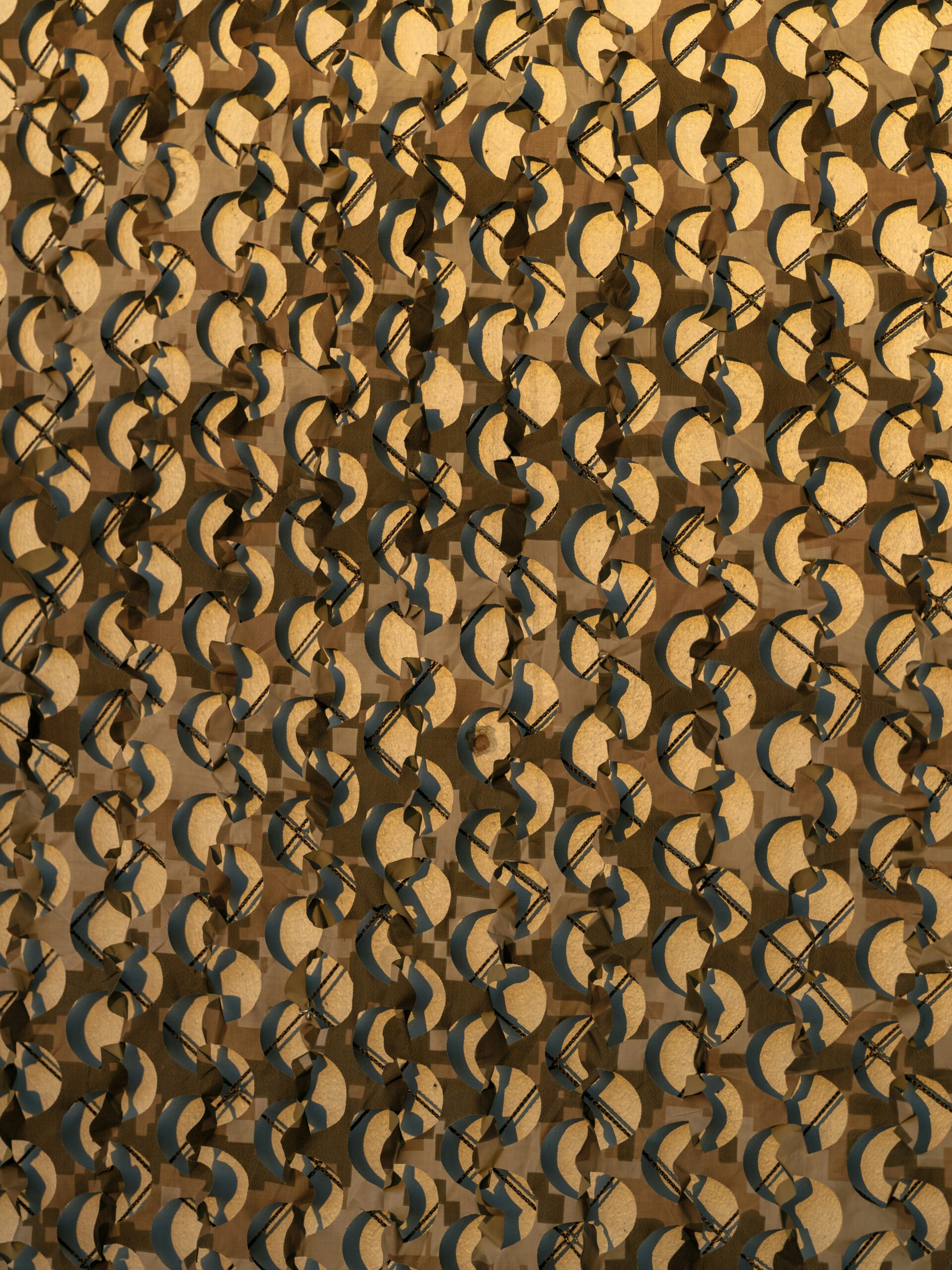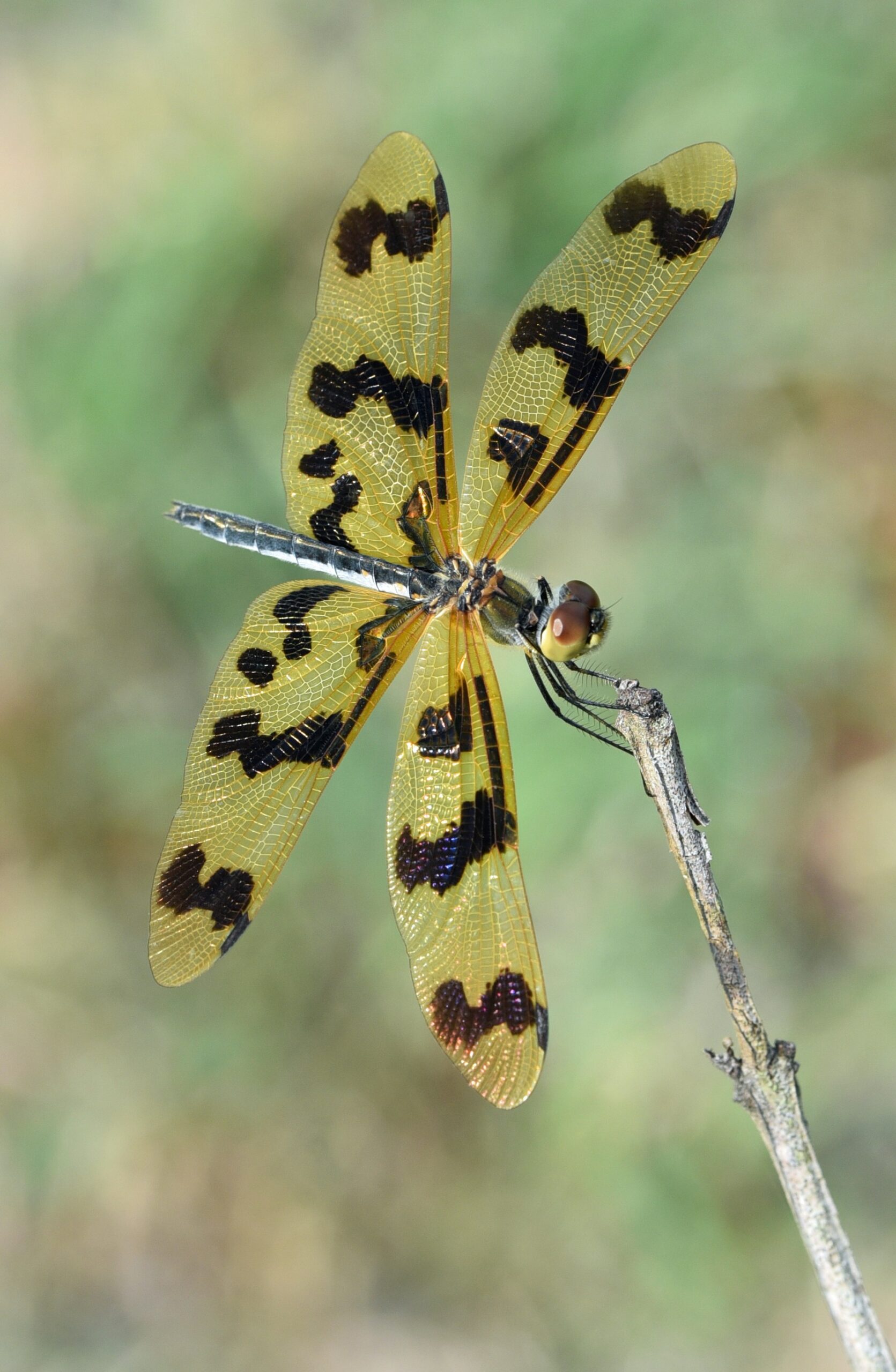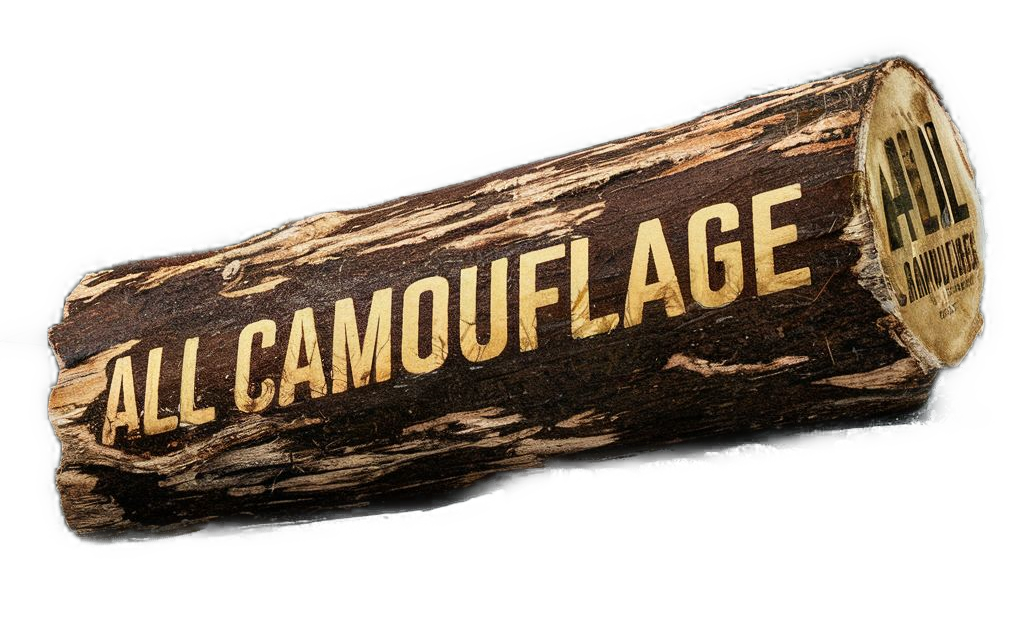Have you ever wondered about the multitude of patterns available in camouflage survival gear and how they might affect your next outdoor adventure? You’re not alone. Camouflage isn’t just about blending in; it’s about adapting to different environments and triumphing in nature’s ever-changing landscape. Just as birds have feathers that match their surroundings, camouflage gear offers similar stealth for humans. This article will take you through the assorted patterns of camouflage gear, discussing their design, purpose, and ideal usage. Feel free to get comfy with a cup of tea as we unravel this colorful, albeit earthy, tapestry together.

Understanding Camouflage Survival Gear
Camouflage survival gear is more than just an aesthetic choice; it serves a critical role in providing stealth, increasing your chances of staying concealed from prey, predators, or even competitors in a combat scenario. Historically, soldiers have relied on camouflage since ancient times, using the resources around them to create disguises. Today, with technological advancements, we have an array of patterns all designed with specific terrains and uses in mind. Each pattern is thoughtfully crafted to blend into its intended environment while maintaining functionality, durability, and versatility.
The Intricacies of Pattern Design
Why are there so many camouflage patterns? The answer lies in the diversity of the natural world. Different terrains and ecosystems demand specialized designs to provide effective concealment. Designers take into account the colors, shapes, and movements typical of a particular environment.
For example, woodland camouflage features greens and browns, mimicking the dappled light and shadow of trees and foliage. In contrast, desert camouflage incorporates shades of tan and beige to blend with sandy and rocky landscapes. Patterns are not only about color; they also consider scale and texture. Large, bold patterns might work in some environments, while smaller, more detailed patterns might be better suited to others.
The Purpose of Camouflage
In its essence, camouflage is a creative interpretation of nature—it’s art with a purpose. Whether you’re hiding from wildlife during a hunt or trying to remain unnoticed by human adversaries, the right camouflage can be crucial. But beyond these tactical advantages, survival gear with camouflage patterns is often prized for its stylish appearance and cultural significance. It has seeped into public consciousness to the point where camouflage is as at home in the urban jungle as it is in the real one.
Types of Camouflage Patterns
Now, let’s march into the heart of the matter: what are the different patterns at your disposal? Each has its compelling backstory and application.
Woodland Camouflage
The quintessential classic for many outdoor enthusiasts, woodland camouflage often begins the conversation about survival gear. Known for its complex layering of greens, browns, black, and sometimes earth red, this pattern is optimized to simulate the varied light and textures found in wooded areas. Its effectiveness lies in its mosaic-like design that mimics the play of shadow and light among leaves and underbrush.
When to Use Woodland Camouflage
Ideal for autumn and spring, woodland camo supports activities like hiking, hunting, and bird watching in forested areas. However, it’s not limited to deep forests; the adaptability of its design makes it suitable for semi-forested regions as well.
Desert Camouflage
Originally created for military operations in arid regions, desert camouflage utilizes a palette of tans, browns, and grays. The aim is to imitate the hues of sand, rock, and sparse vegetation typical of deserts. This pattern is often simpler, with less intricate designs compared to its woodland counterpart.
Ideal Usage Scenarios for Desert Camouflage
You’ll find desert camouflage favored by those undertaking activities in dry, open landscapes—from desert excursions to archaeological digs. It’s also light enough to keep you comfortable under the scorching sun.
Urban Camouflage
Urban camouflage takes a different approach, primarily designed for man-made structures rather than natural environments. Employing a spectrum of grays, whites, and blacks, it’s built to meld into the concrete landscapes of cities and urban warfare scenarios. Its abstract design resembles the grid and shadow of city architecture.
Best Uses for Urban Camouflage
Aside from its tactical applications, urban camo has found a niche in fashion and pop culture. But if you’re planning a mission involving evasion or discreet observation in developed areas, it’s your go-to.
Snow or Arctic Camouflage
Draped in whites, grays, and very light blues, snow camouflage helps you disappear into wintry landscapes. The design mirrors snowdrifts, bare trees, and the icy overtones of winter.
When to Employ Snow Camouflage
Best suited for winter sports, expeditions, and wildlife photography in snowy terrains. This pattern helps maintain stealth while also keeping you warm.
Digital Camouflage
Representing the marriage of nature and technology, digital camouflage uses small, pixelated patterns. These designs are calculated to confuse the viewer’s eye and represent the computerization of camouflage technology.
Optimal Environments for Digital Camouflage
Due to its versatility and effectiveness, digital camouflage has been adopted in various settings, from military applications to law enforcement. It’s available in multiple color combinations to fit different terrains.
Multi-Terrain Camouflage
As the name implies, multi-terrain camouflage, also known as transitional camouflage, aims to perform decently across a range of environments. It incorporates elements from various patterns to achieve a balance.
Use Cases for Multi-Terrain Patterns
Perfect for those who travel across different environments, transitioning from forested areas to urban settings. It’s favored by those whose adventures take them to varied landscapes without the luxury of changing gear.
The Science Behind Camouflage
Understanding the effectiveness of camouflage requires a peek into the science that makes it work. It’s all about deceiving the brain into seeing the surrounding environment rather than the object concealed within it.
Visual Perception and Pattern Recognition
Camouflage takes advantage of how the human (and animal) brain processes visual stimuli. It disrupts the outline of an object, making it harder to detect. Our brains are wired to recognize patterns, and camouflage confuses this innate ability to detect what’s out of place.
How Camouflage Breaks Visual Continuity
Patterns break up the shape of the human body or whatever it is you’re trying to hide. By mimicking the natural breaks and shadows in the surrounding environment, camouflage causes the viewer’s brain to subconsciously overlook the hidden object as part of the regular landscape.
Choosing the Right Camouflage for Your Needs
Picking the right camouflage isn’t just about personal style—although it can certainly be a part of it. It requires awareness of your environment and the specific demands of your situation.
Consider Your Environment
The key to effective camouflage is selecting a pattern that matches the terrain. If you’re surrounded by lush forests, opting for a desert camouflage pattern would defeat the purpose. Consider the colors, textures, and light exposure of your environment.
Evaluate Your Activities
Camouflage is often tailored to specific activities. Whether you plan to go hunting, wildlife watching, or hiking affects the type of camouflage you choose. For instance, patterns with a more militaristic design may be unnecessary for a casual hike but essential for tactical training.
Seasonal Considerations
Many outdoor environments change drastically from one season to the next. Be prepared with different patterns to accommodate such changes. Snow camo is ineffective in summer but could save your life in an Arctic adventure.

The Role of Material and Design in Effective Camouflage
While patterns play a big role, the material and design of your gear also contribute to effective camouflage.
Material Matters
The material can impact how well camouflage performs. Reflective materials might give away your position in the sun, whereas thick fabrics might be too noisy or hot for certain environments.
Design Elements
Consider the cut and comfort of your gear. Items that fit well and allow for movement help maintain the naturalness of your appearance. Additionally, features like adjustable closures and reinforced seams offer practical benefits without compromising camouflage.
Conclusion
Camouflage survival gear represents an intersection of art, science, and environment. Each pattern tells its own story and serves its own function. Whether you’re venturing through forests, climbing dunes, navigating urban landscapes, or meandering across snow-covered plains, the right camouflage enhances both your stealth and your comfort. So next time you find yourself gearing up for an adventure, take a moment to consider the patterns available in camouflage gear. Choose wisely, and you’ll be well-prepared to embrace whatever nature throws your way.
If you’ve ever donned camouflage gear, you might have felt like an unsung ninja of the wilderness, seamlessly weaving through the natural world. And indeed, with the right pattern, you can achieve such reverie—masterfully blending the borders between yourself and the untamed wilds.


